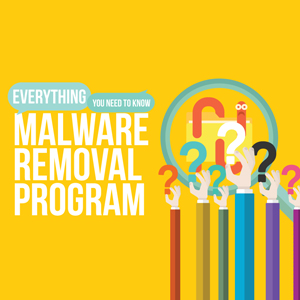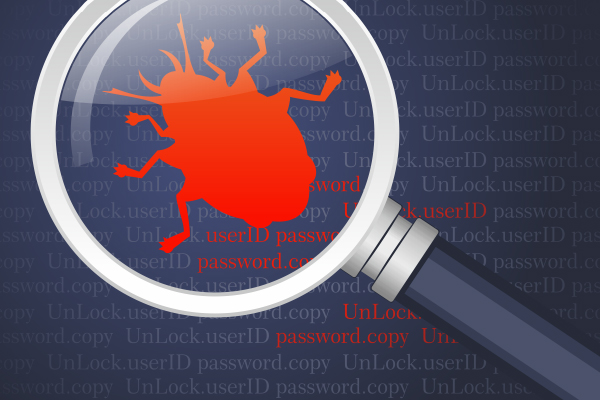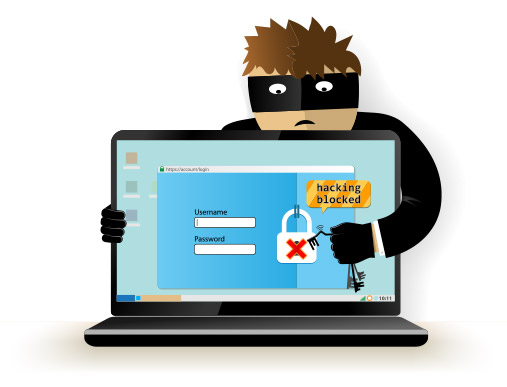WHAT IS ZERO TRUST?
Updated on October 22, 2022, by Xcitium

Organizations today use a zero trust framework because it provides strong network security. It enforces a “never trust and always verify” policy. This means that every user or device will not gain network access by default. They must undergo strict verification or authentication before gaining access.
WHAT IS ZERO TRUST SECURITY AND WHY DO YOU NEED IT?
This is a way of providing strict security to every network component. It is important to protect the data of your users, clients, and company. Doing this requires the application of a strong security concept or model. This is where a zero trust platform is helpful.
WHAT IS ZERO TRUST AND WHAT DO YOU GAIN FROM IT?
It is a security measure that verifies every user and device on the network. Successful verification will provide them access rights to the network’s resources. Your business will attract more customers if they feel safe within your network. That is one of the many benefits of using zero trust solutions. You will know more about what is zero trust in the next sections. You will learn the security and business benefits of a zero trust framework, as well as the principles behind a zero trust platform.
Zero Trust THE SECURITY AND BUSINESS BENEFITS
You might be wondering why is it necessary to migrate to a zero trust network. You will gain many benefits from using zero trust solutions. Here are the security and business benefits:
What Is Zero Trust? – Benefit #1: It Lowers the Difficulty of the Security Stack Most organizations use obsolete hardware and software. Machines like ATMs still use the old Windows XP operating system. People are reluctant to upgrade because it is expensive and requires technical expertise. The response to this problem relies on using cloud-based zero trust solutions. Your cloud service provider will shoulder and manage the equipment and handle the technical stuff for you. This is a cost-effective security solution to your business needs.
Benefit #2: It Fills the Gap in Cybersecurity Skill Shortage There is a global shortage of cybersecurity skills. Filling this gap requires hiring cybersecurity professionals, but this is an expensive approach. A cloud-based zero trust framework reduces the costs of hiring. A cloud service provider has its own facility, equipment, and staffing.
Benefit #3: It Provides Protection for Business and Client Data Migrating to a zero trust network prevents data breaches from occurring. There are various strong authentication measures already in place. An attacker needs to hack all these security measures to gain network access.
Benefit #4: It Gives a Pleasant End-User Experience If you know that you are safe, then you have peace of mind. A zero trust security model offers this privilege to your users and clients. No disruptions mean better usage of the network’s resources. Your users and customers are happy and this attracts more clients.
Benefit #5: It Decreases Breach Detection Time and Attains Visibility Into Enterprise Traffic An attack can come from anywhere within or outside the network. As such, a location is not an indicator of trust. Visibility should be the foundation of authentication. You can’t verify a user or device if you can’t see them on the network. A zero trust security framework shows who’s using or what’s accessing the network. It also shows the user and device programs that are trying to access the network.
Zero Trust THE PRINCIPLES BEHIND THE CONCEPT
Behind a successful security model lies basic underlying principles. Here are the principles behind a zero trust platform:
Principle #1: Never Trust Any User or Device A threat can come from outside or within the network itself. Any user or device will not have network access by default. They will get one if they pass the authentication first.
Principle #2: Least-Privilege Access The goal of an attacker is to gain root access or administrator level access. Once they have that, they can start enacting their malicious plans. With zero trust security, a user or device gets only the necessary privileges to do their tasks on the network.
Principle #3: Microsegmentation Microsegmentation uses a “divide-and-conquer” approach. The goal here is to break down a problem into two or more sub-problems. Repeating this process is necessary until the problem becomes simple enough to solve. Microsegmentation divides a network into smaller zones. Each zone has its own security controls that watch for suspicious activities 24/7.
Principle #4: Multi-factor Authentication (MFA) The primary form of authentication is the login process. A user enters their username and password, and the system verifies it. After successful authentication, the user then gains network access. MFA is a mix of two or more authentication methods. The most common combination today is login authentication and biometric authentication.
Principle #5: Strict Controls on Device Access If users have access restrictions, their devices do as well. A zero trust network observes the number of devices trying to access it. Only devices with authorization gain network access. Doing this requires device certificates and a whitelisting approach. Conclusion You now know what is zero trust and its security and business benefits. You also learned the principles behind a zero trust platform. For more information on what is zero trust, please click here.
Related Resources




